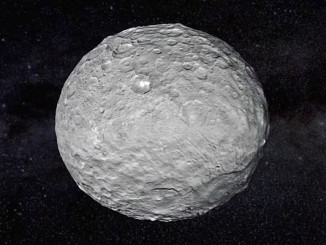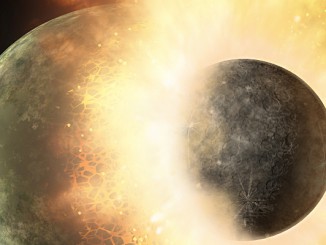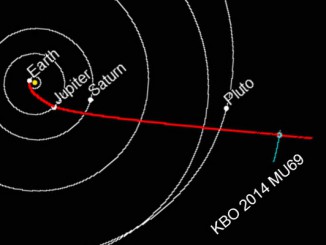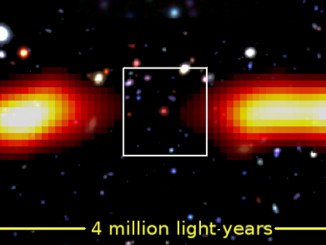
Simpler planet test classifies 99 percent of all known exoplanets
Nine years ago, the International Astronomical Union (IAU) defined what it takes to be a planet, but left the classification of exoplanets for future consideration. With exoplanet discoveries now numbering close to 5,000, UCLA professor of planetary astronomy Jean-Luc Margot describes a simple “planet test” that can be readily applied to bodies orbiting the Sun and other stars.









